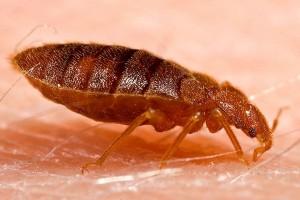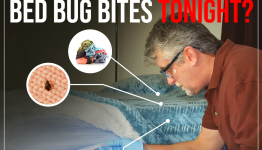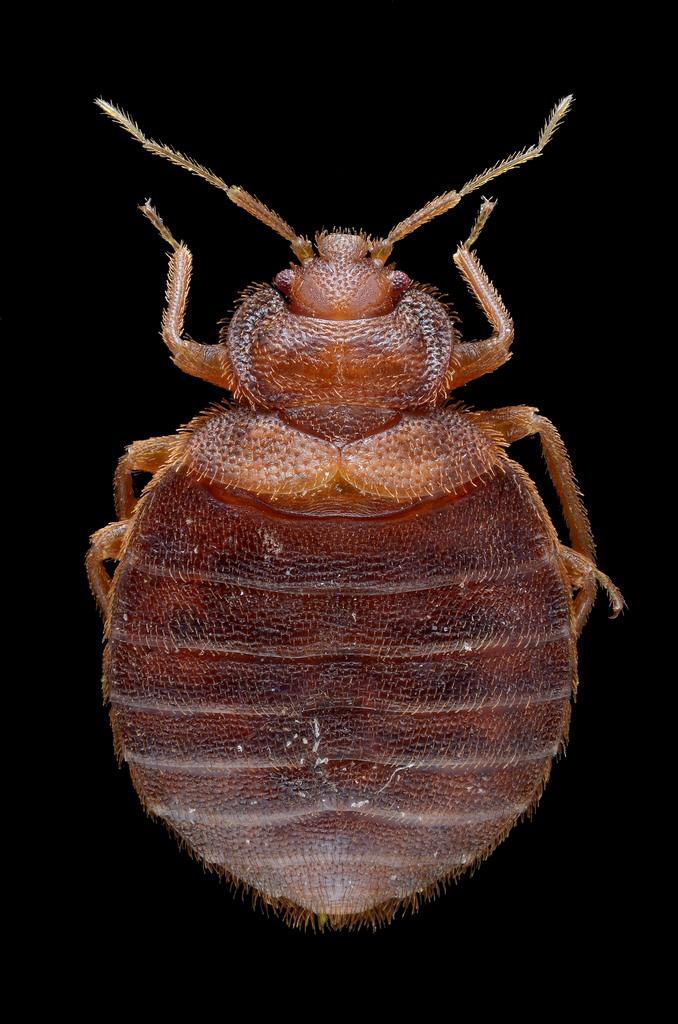 When purchasing and using bed bug pesticides, it’s important that you not only keep in mind post-treatment, but also follow up bed bug treatment as well.
When purchasing and using bed bug pesticides, it’s important that you not only keep in mind post-treatment, but also follow up bed bug treatment as well.
Document the conditions of your home or business post-treatment to evaluate if any continued signs exist of bed bug life, such as blood stains, bed bug shedding, eggs (or nymphs), and any fecal matter likely left behind from surviving bed bugs. Try to re-evaluate the conditions of your home, and any potential bed bug activity at least once a week for one month, to truly identify whether or not your infestation is gone, as certain pesticides may not be as effective, and harbored is a common issue. Sometimes, dependent upon the bed bug type, they become immune to certain product or chemical agents used against them to cause death.
If existent, it may be worthwhile to check with your neighbors or adjoining houses to see if they too have been experiencing (we know, embarrassing!) such an infestation, and if so, what their progress has been to date. It is possible, while not uncommon, for bed bugs to flee to new rooms, corners, and even houses or ‘feeding targets’ such as your pets, or even children and you, to relocate to a new place with less of our poison for them to have to worry about! It’s also advisable, and has been considered highly effective in the past, to make it a point to fill in up any crevices and cracks within your home to seal off and prevent or at least discourage future bed bugs from restarting their ‘invasion’ into your home.
As having bed bugs can be a traumatizing experience, people often impulsively attempt to throw away all of their furniture and goods out of fear of infestation or continued bed bug threat. However, here are a few pointers to keep in mind before and while doing so:
- A) Just because you throw out what you believe to be, or have verified to be infested furniture does not guarantee 100% that your infestation will be over. In fact, bed bugs spread very quickly in some instances, dependent upon the time and resources available to them, and will migrate elsewhere or harbor into hiding temporarily until the poison has rested or dissipated.
- B) Not only can disposal of such large furniture and personal items create financial burden, but you can also wind up indirectly spreading the bed bugs to a new location and putting someone else through the same havoc you’ve just, or continue to experience!
- C) Even post bed bug treatment and when decision-making time comes around, yes, it is sometimes worth it to discard furniture if it has been so badly damaged by both your bed bug infestation, as well as the chemical damage or seemingly permanent smell left by (some) pesticide residue.
Even after all of this, it’s highly recommended to steam your rugs, vacuum, and wipe down and clean out every nook and cranny that you can possibly find! Re-applying treatments is sometimes necessary, as well as recommended, dependent upon which product(s) you decide to try and use.
Review: When using our bed bug pesticide products, such as Desiccants, for example Diatomaceous Earth, it’s important to understand that residue will likely still be left behind. Our products with biochemical’s however, such as neem oil, even if left behind, can be considered less-hazardous as they are made from natural ingredients. However, this does not mean they are safe for consumption, by you, your loved ones, or your pets. Products with Neonicotinoids in them commonly will not leave as much residue behind, as they are meant to be consumed by the bed bugs. However, other pesticides such as Insect growth regulators can go either way, meaning whether or not they were exposed to it, consumed it or touched it, and how much of it was actually effectively used against them will commonly dictate the remaining amount.
While insecticides are some of the strongest on the market, as well as US EPA approved, bed bug
treatment is not always going to be successful. Some additional reasons behind why your first round of pesticide application may not have been fully effective could be due to:
- Failure to make contact or confirm if bed bugs were infesting and or spreading back and forth from nearby dwellings.
- Usage of an ineffective chemical against the bed bugs, per their species, or because an immunity to the chemical is already existent
- Your home was not adequately prepared and positioned to whereas all crevices, cracks, mattresses, holes, and other exposed areas in which bed bugs might currently live are continuing to migrate and mate
- The bites you’re experiencing and the behaviors you’re seeing seem like bed bugs, but could in fact be a much different or even a similar insect infestation such as wood ants, a combination of ticks, fleas, and or mosquitoes. Some bites resembling bed bugs could also be the result of a skin infection or irritation, so it’s important to weigh all possible variables and get professional advice for both yourself and your home, as applicable.
These are all reasons why it’s so important to consider, research, and review the different symptomology for the different species and behaviors of bed bugs. That’s why we do so much of the work for you, keeping you informed, breaking down the different species and behaviors of bed bugs, and what chemical pesticide treatments or traps may be most effective for you and your unique situation, or rather infestation. Products are each tailored to different customers and scenarios, and you can count on the best results possible as long as you ensure you are doing what’s necessary on your end to prepare, treat, follow up, and monitor for continued bed bug activities or evidence within your home or business.
If you really want to get rid of bed bugs today try SayByeBugs! It was developed as a safe and highly effective alternative among a sea of products that rarely deliver on their promises.







